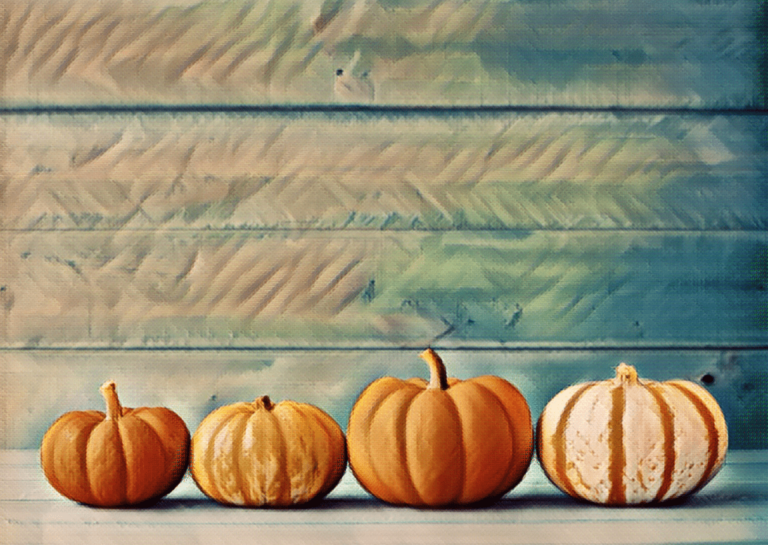Halloween is just around the corner, and along with the fun costumes, parties, and candy, many children may be dealing with some “spooky” fears. In this article, we explain the developmental research behind why children have certain fears. In addition, we will give parents some strategies to help kids feel safe and confident around the scary costumes, haunted houses, or the big cobweb decorations.
Some kids are scared
There was an exploratory study of developmental changes in children’s fears. Researchers explained that fears reflect the child’s increasing awareness of their world and the development of imagination. For example the fear of monsters and ghosts. In addition, fears reflect the ability to differentiate internal representations from objective reality.
2 and 3-year-olds are creatures of habit. Any unfamiliar sight or sound can send them into a panic. Fantasy can have a significant role in children’s development and resolution of common fears such as nighttime fears. Even though they’re aware of their environment, they don’t yet understand everything that happens in it, says psychologist Kim Burgess, PhD. Children this age are mostly worried about what could happen. If your child jumps at the sight of your neighbor’s dog, for example, calm them by explaining the dog’s behavior.
Fantasy-reality differentiation is a developmental process that occurs in the first decade, and sometimes longer, that can impact children’s development of fear. It helps to be understanding of this as young children are still learning the difference between fantasy and reality. Keeping this developmental factor in mind, they might not understand the context of a haunted house or an older child popping out to scare them while getting candy. Don’t try to minimize your child’s fears. If your child seems frightened or confused, let them know that you understand it was scary and remind them that these spooky tricks aren’t real and are meant to be fun on a day like Halloween!
Preparing for Halloween
Another thing parents can do beforehand is prepare children for Halloween. Before the festivities begin, prepare them with books and tell your own stories about what happens during Halloween. Walk them through the traditions you might have had growing up, how fun it is to carve pumpkins and leave them on the porch, or the infinite costume possibilities! If you feel they are ready, show them a fun and light-hearted movie that talks about Halloween such as, “Charlie Brown & The Great Pumpkin.” Get them excited about the pumpkins, costumes, and most of all, make sure to keep it positive!
Make it fun
As an adult, it is so much fun to put fake eyeballs in drinks and dress up as a zombie for Halloween festivities but with kids around, consider saving it for a time when they’re older. You can still make decorations less scary and age-appropriate. Cobwebs hanging, Harry Potter envelopes flying out of the fireplace, happy-faced carved Jack O’Lanterns, fake fall leaves, or spiders with big goofy eyes. You can make it fun for both adults and kids and make it less scary.
In addition to kid-friendly decorations, make kid-friendly Halloween plans. Plan ahead and choose kid-friendly places to celebrate the holiday such as a community festival, apple picking day, hayrides at the pumpkin patch, or a Halloween dance party for kids. Another thing you can do for trick-or-treating with young kids is to visit the houses of family and close friends. This way your children are met with familiar faces to provide additional comfort and the feeling of safety.
References
Bauer D. H. (1976). An exploratory study of developmental changes in children’s fears. Journal of child psychology and psychiatry, and allied disciplines, 17(1), 69–74. https://doi.org/10.1111/j.1469-7610.1976.tb00375.
Augustyn, M. (2021, September). Overview of fears and phobias in children and adolescents. UpToDate. Retrieved October 25, 2021, from https://www.uptodate.com/contents/overview-of-fears-and-phobias-in-children-and-adolescents?search=halloween+fears&source=search_result&selectedTitle=1~150&usage_type=default&display_rank=1.
Memon Yaqub , R. (2008, August). Monsters under the bed: Understanding kid fears, age by age. Parents. Retrieved October 25, 2021, from https://www.parents.com/kids/development/behavioral/understanding-kid-fears/.

